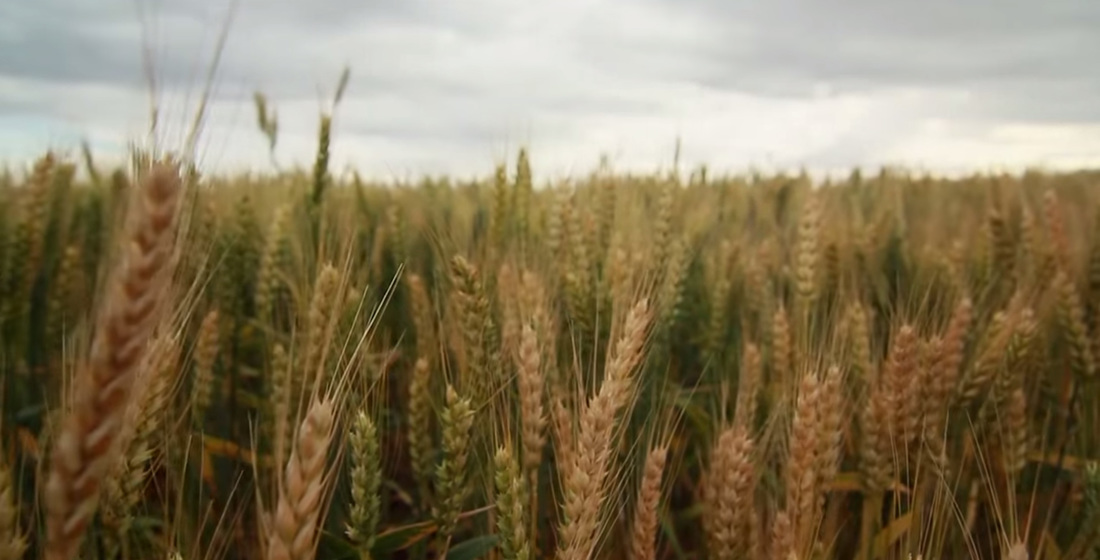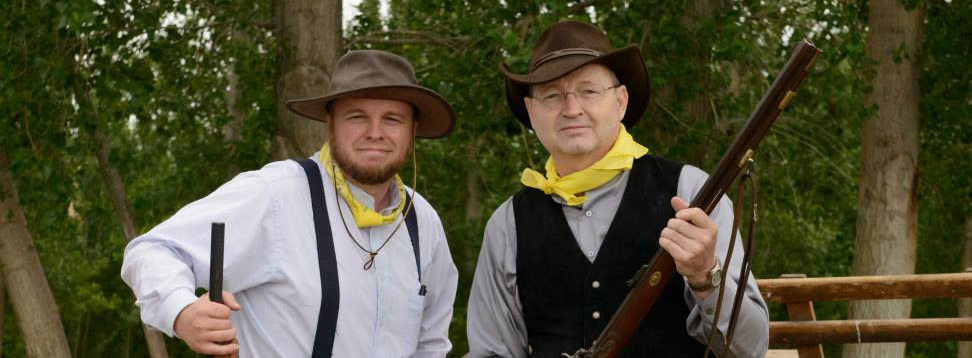Cameras
I used two Canon cameras (T2i and T3i) both of these cameras are relatively inexpensive (they sell today for about $500 new). I did however use higher quality lenses than the kit lenses that come with the cameras. I also used an audio recorder and shotgun microphone for the interviews. Audio was important.
Lenses/Filters
On one camera I used primarily a wide angle lens (Tokina 10-16mm) and on the other I used a Zoom Lens (24-70mm). The T3i has a 3x digital zoom feature that I used to get a more telephoto view on some of the shots, so if your camera doesn't have that I suggest getting a zoom lens that is longer - closer to 200mm or something like that. I also used a 35mm and a 85mm for the interviews.
The trick to getting the shallow depth of field in bright sunlight was to use neutral density filters on all of my lenses. When shooting regular still photos you have the option of opening your F-stop and increasing your shutter speed in order to get shallow depth and correct exposure, but with video your shutter speed should not exceed 1/60 (1/100 maximum). With this limitation there is no way to get proper exposure in the wider F-stops in broad daylight. You must limit the light coming into the camera with filters otherwise everything will be in focus.
Shoot Strategically
For this Trek, the youth were organized into three groups (green, yellow and blue). Each day these groups would pass 2 or 3 different scenarios that were planned for them. This allowed me to setup for different shots with different lenses as different groups passed. Example: As the first group passed I'd get wide shots, the second group, closeups, the third group I'd get alternate shots that I thought of while shooting the first two groups (handheld walking along-side, alternate point of view, camera on the ground with handcarts going over, etc.) I would switch up the order of the types of shots during the day so the green group didn't get all the closeups and the yellow all the wides. When I edited it together, each group got lots of screen time.
I used both cameras during the interviews as well. One set for closeups the other for medium/wide. There are two main reasons for doing this. By having two cameras I am able to skip over parts of the interview that lag. Typically, answers to interview questions will start off strong and end strong, but ramble in the middle. When I edit I can cut this rambling out by cutting to the other camera's footage. Cutting to a close up also emphasizes the words that are about to be said. If something more poignant is being said, cut to a closeup.
I could not carry all of this equipment in a pack and run a long side the groups. I used a vehicle to drive ahead of them and setup at each location. I also slept in my vehicle at night far enough away from their camp to minimize my presence. Don't get me wrong. I spent plenty of energy running up and down hills and packing equipment around the different locations. I was extremely exhausted by the end of each day. But I can't imagine adding the effort to run ahead of the groups after shooting them. Many times the first group would be near the next location before the last group finished the previous activity/scenario. If you can't use a vehicle on your trek I suggest getting a horse or an Iron Man runner to carry and run with your equipment over the mountain.
Document Authentically
I wanted to capture the authentic Trek experience. I tried to purge all preconceived ideas about what I thought trek should be like. For me there's nothing more offensive or annoying than forcing/faking authenticity, especially in spiritual matters. Whatever this Trek was going to be, I was going to show it as honestly and accurately as possible. I had never been on a Trek, so everything was totally new. I think this helped me keep it real.
When I arrived I started asking myself questions. What's going through these youths' minds? I'm sure they're excited, but are they confused about what to do? Happy to see old friends? How do they feel about the wardrobe? What are these buckets about? What are these colored handkerchiefs? How do you choose a handcart? How do you pack a handcart? In answering these questions, my shot list went from "crowed of kids talking" to a flood of details too numerous to capture.
When the groups started walking, the obvious shot to get was "kids walking". Well, after I got that shot I realized that THAT is all that's going to be happening over the next few days so I'd better get creative. I
ask myself more questions: What is this landscape about? What are the youth feeling, experiencing? Are they second guessing their involvement already? Is the ground solid or sandy? Is it hot and sweaty? Cool and breezy? Rainy? What does it sound like? Is there wind? Birds, bugs, animals? Trees? when I wasn't shooting the trekkers I spent as much time as I could capturing footage that showed these important elements of story.
After I explored the day's story through my lens, I wanted to find out how the youth experienced it. I asked group leaders to suggest some outgoing, vocal youth (boy and girl). I asked the youth questions that weren't too leading. I wanted authentic. I didn't want them to say things that they thought I wanted to hear. I definitely didn't want canned answers. On a few occasions I would approach the youth randomly during activities and get them to respond about what was going on. For example: during the meager pioneer breakfast I wanted to get their reactions to the strange foods. Most of the youth used the word "authentic" to describe the food, but one young woman told the truth. "It's gross." Although this type of candid interview tactic was fun and made for some great content, I only did this once or twice as I didn't want to distract them from their primary experience. On the last evening before returning home, I interviewed stake leaders who where trekking with the youth. They were able to communicate the primary purpose of the Trek activity and reflect on what they observed during the previous days.
Edit Creatively
The youth interviews were great and by the time I sat down to edit, I knew I wanted to use them as the foundation for the story. I also knew that I wanted the edit to be broken down, day by day, like a journal. First I started cutting up the interview footage, building a strong narrative audio track. Then I started sorting through the action footage, selecting my favorite shots that where relevant to the interview narration I had chosen, and then editing it all together. I set aside some of the less relevant stuff. I would need that later.
I tried some sample music that I downloaded from Audiojungle.net and Pond5.com. I decided not to use traditional or contemporary church music for the score. Those songs invoke the viewers' personal thoughts, emotions and imagery that I didn't want to distract from the authentic thing I was trying to do. Any of this music would be used if the youth were actually singing it (example: "Come Come Ye Saints" was used toward the end of the video).
After I established a basic structure and pace. I started exploring the story from a more creative perspective. I looked for symbolism (Young wheat, changing weather, wind, the light of the sun, etc.) I also looked for subtle sub-plots. My favorite discovery was the bugle player. I would get up an hour or so before the youth to get the sunrise. The bugle player was the first person I met every morning so I ended up getting great footage of him. When I edited, I only showed him play the whole song on the last day. The other days you heard him, or just saw him set up, but that last morning he gets his spotlight. That was one thing that was really fun for me to edit.
2013 was still a timid time for some leaders in the stake concerning web publication. We exported to DVD's to give to each family. The downside to this is that the DVD's are expensive, low resolution and are limited in who can see it. Since that time, the church has been more encouraging of social media involvement. This is a far superior distribution method, but you'll have to get signed release forms from all the youth. Start this process very early on.
Let me know if you have any other questions in the comments section. Thanks!


